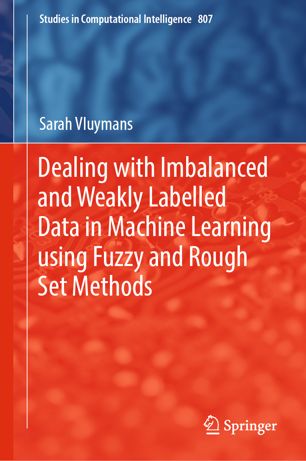

Most ebook files are in PDF format, so you can easily read them using various software such as Foxit Reader or directly on the Google Chrome browser.
Some ebook files are released by publishers in other formats such as .awz, .mobi, .epub, .fb2, etc. You may need to install specific software to read these formats on mobile/PC, such as Calibre.
Please read the tutorial at this link: https://ebookbell.com/faq
We offer FREE conversion to the popular formats you request; however, this may take some time. Therefore, right after payment, please email us, and we will try to provide the service as quickly as possible.
For some exceptional file formats or broken links (if any), please refrain from opening any disputes. Instead, email us first, and we will try to assist within a maximum of 6 hours.
EbookBell Team

4.7
106 reviewsThis book presents novel classification algorithms for four challenging prediction tasks, namely learning from imbalanced, semi-supervised, multi-instance and multi-label data. The methods are based on fuzzy rough set theory, a mathematical framework used to model uncertainty in data. The book makes two main contributions: helping readers gain a deeper understanding of the underlying mathematical theory; and developing new, intuitive and well-performing classification approaches. The authors bridge the gap between the theoretical proposals of the mathematical model and important challenges in machine learning. The intended readership of this book includes anyone interested in learning more about fuzzy rough set theory and how to use it in practical machine learning contexts. Although the core audience chiefly consists of mathematicians, computer scientists and engineers, the content will also be interesting and accessible to students and professionals from a range of other fields.